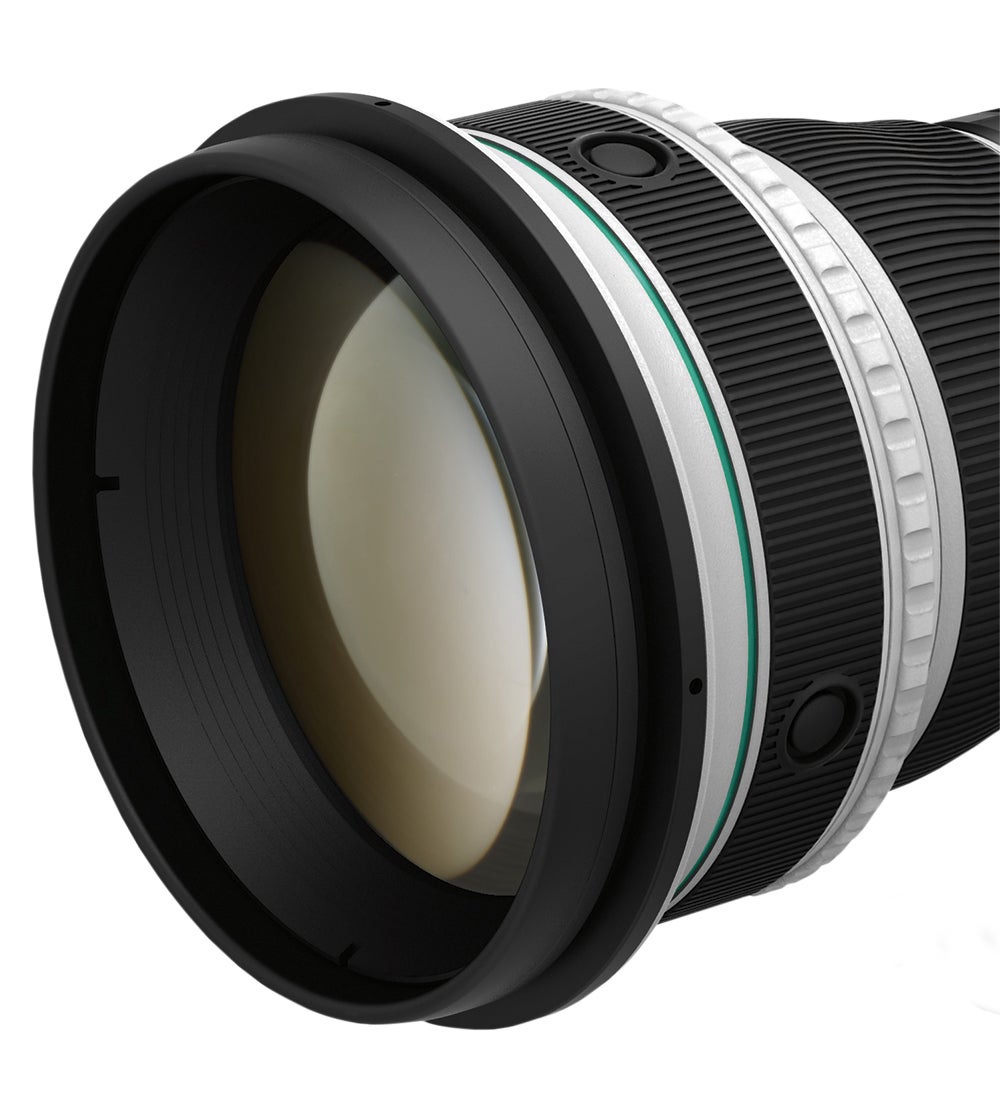In this article we look at diffractive lens, providing a guide to what it is for and how it works
 A diffractive lens, technically known as a Fresnel or Phase Fresnel lens, looks completely alien to high-quality stills photographers. What is it about the look? Examine a refractive lens element and you can see how smooth and polished it is. It’s exactly what you expect to see in a lens. But a Fresnel lens, you may have seen low-quality versions of one in rear-view magnifiers in cars and commercial vehicles, and also in lighthouse projectors. A diffractive lens is made of concentric rings with a saw-tooth profile – it is jagged! Fresnel lenses are also used for high-quality precision optics, including replacements for natural lenses in cataract surgery and for professional-quality photographic camera lenses. Both Canon and Nikon have lenses in the DSLR systems based on Fresnel optics. Such Canon lenses can be identified by a DO (Diffractive Optics) designation and with Nikon look out for the description Phase Fresnel (PF). Nikon’s approach is arguably not based on diffractive optics, but they do use a Fresnel design.
A diffractive lens, technically known as a Fresnel or Phase Fresnel lens, looks completely alien to high-quality stills photographers. What is it about the look? Examine a refractive lens element and you can see how smooth and polished it is. It’s exactly what you expect to see in a lens. But a Fresnel lens, you may have seen low-quality versions of one in rear-view magnifiers in cars and commercial vehicles, and also in lighthouse projectors. A diffractive lens is made of concentric rings with a saw-tooth profile – it is jagged! Fresnel lenses are also used for high-quality precision optics, including replacements for natural lenses in cataract surgery and for professional-quality photographic camera lenses. Both Canon and Nikon have lenses in the DSLR systems based on Fresnel optics. Such Canon lenses can be identified by a DO (Diffractive Optics) designation and with Nikon look out for the description Phase Fresnel (PF). Nikon’s approach is arguably not based on diffractive optics, but they do use a Fresnel design.
Diffractive optics have two main advantages. The first is the ability to reduce the size and weight of a camera lens. The diffractive elements in a lens are very thin and light, and work in conjunction with refractive elements to reduce the physical size of the optical path.
Second, while a Fresnel lens on its own does not eliminate chromatic aberration (CA), the phase of the aberration can be different to that of the refractive elements and so, with careful design, they can cancel each other out. Therefore, diffractive-optics lenses usually exhibit excellent control of CA.
Yes, there are disadvantages. Cost is higher, partly due to the more challenging manufacturing procedure. There is some evidence that optical quality control is more difficult, too. Contrast
and light-transmission efficiency have also been noted as being behind more conventional refractive optics. But with the trend in favour of lighter and less bulky photographic gear, diffraction optics is likely to be an increasingly accepted option for the modern photographer.




